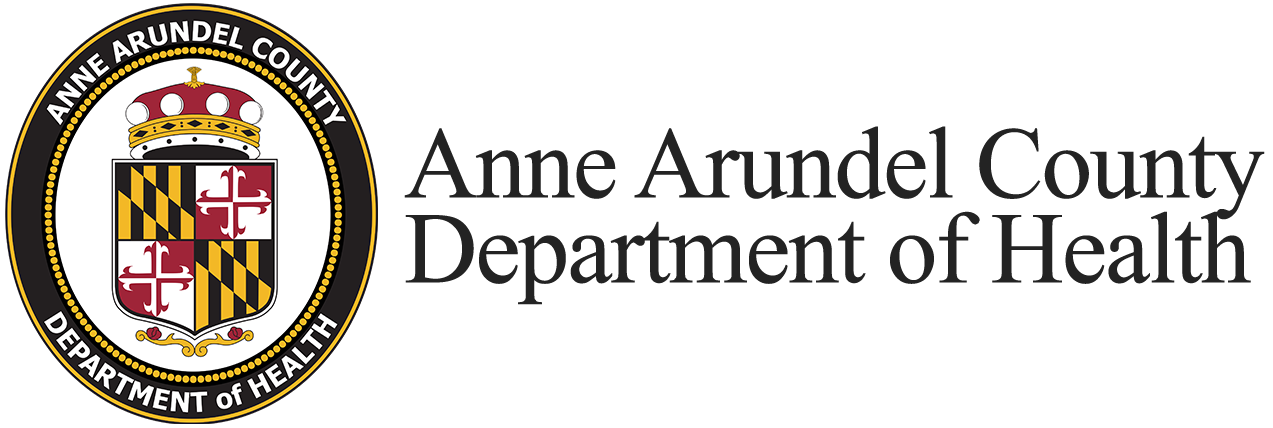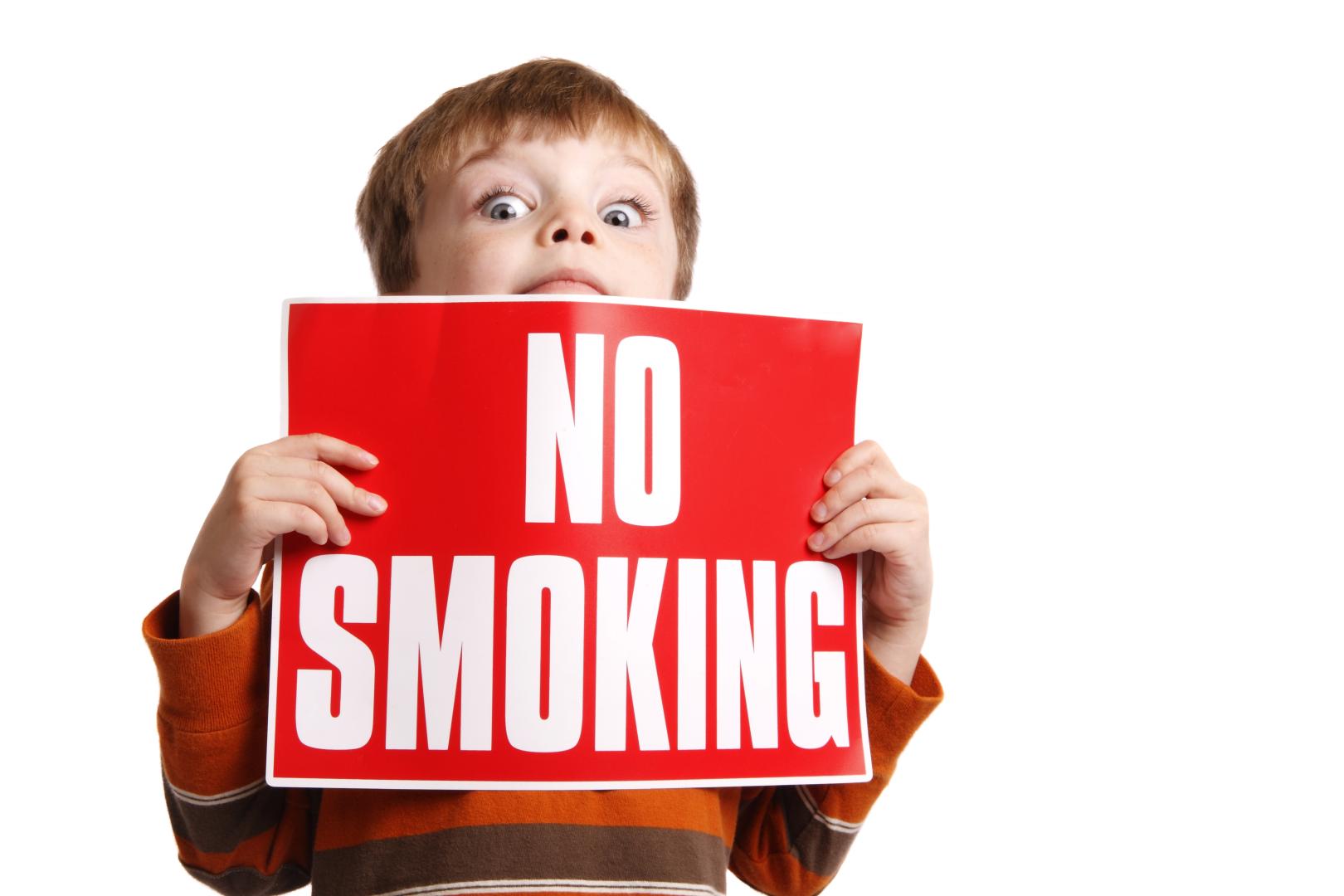Secondhand Smoke
Secondhand smoke is also known as Environmental Tobacco Smoke (ETS). This is smoke that comes from the burning end of a cigarette, cigar or pipe and the smoke exhaled by a smoker. There are more than 7,000 chemicals in commercial tobacco smoke, including hundreds of chemicals that are toxic and about 70 that can cause cancer. There is no safe level of exposure to secondhand smoke and nonsmokers are at risk for health issues from breathing in this smoke.
Secondhand smoke is especially harmful to unborn babies, infants and children because their bodies and lungs are not completely developed.
Pregnant women who smoke or are around secondhand smoke increase their chances of:
- miscarriage or early delivery
- having a low birth weight baby
- having children who develop attention-deficit/hyperactivity disorder (ADHD)
Babies and children exposed to secondhand smoke have greater risk for:
- Sudden Infant Death Syndrome (SIDS)
- ear infections
- hearing problems
- asthma attacks
- other upper respiratory infections such as bronchitis and pneumonia
Parents who smoke often expose their children to secondhand smoke or vapor. Children then inhale many of the same chemicals that smokers inhale. Secondhand smoke or vapor is harmful to children’s growing lungs. Children of parents who are addicted to nicotine are more likely to become heavy smokers as they get older.
To learn more about secondhand smoke, download the fact sheet, When Will You Adopt a Smoke-Free Home Rule? You can also request a fact sheet by emailing hdltl@aacounty.org or calling the Community Education Line, 410-222-7979.
Thirdhand Smoke
Thirdhand smoke, also called residual smoke, is the smelly residue of gases and particles that stick to smokers, their clothes and other surfaces after cigarette smoke has cleared. Thirdhand smoke contains many of the same chemicals found in cigarette smoke. Simply closing a door does not protect nonsmokers. Thirdhand smoke sticks to surfaces such as furniture, walls or clothes for months. It can be absorbed by inhalation, touch or ingestion. Babies and crawling children are especially at risk.
If you smoke, the best way to protect your children is to stop completely.
Resource:

